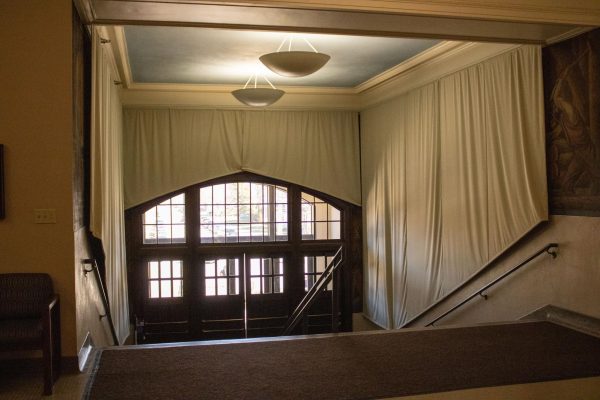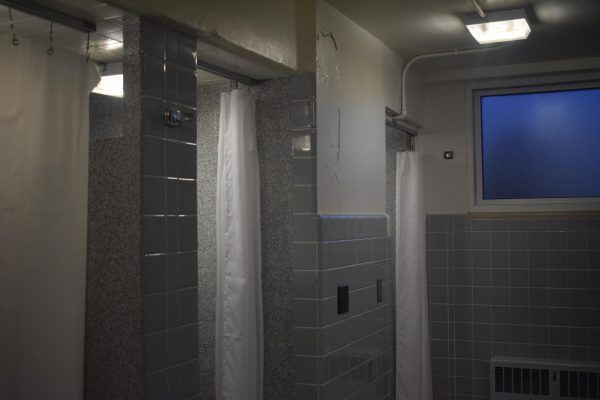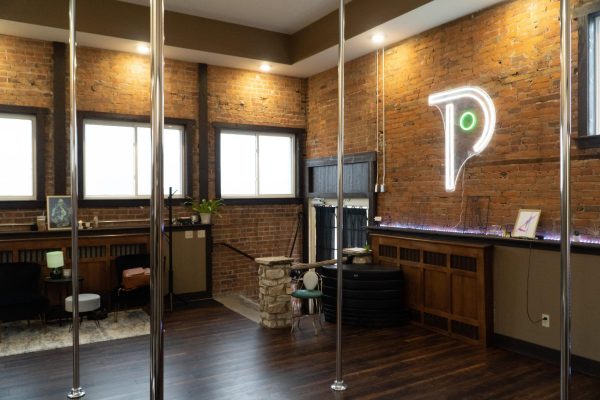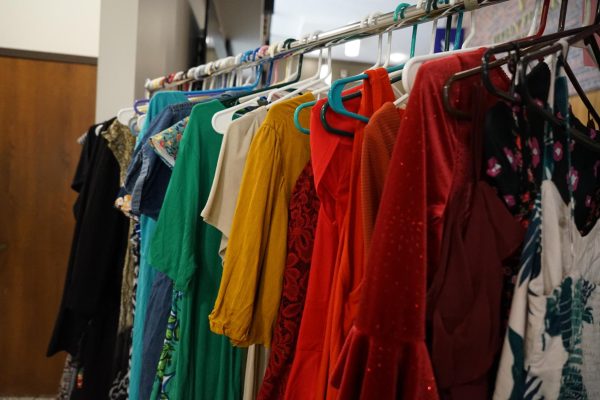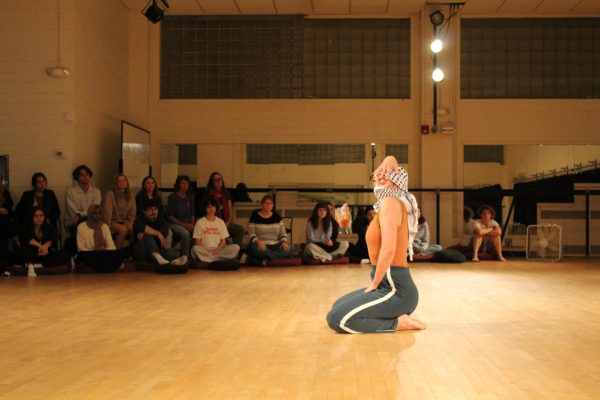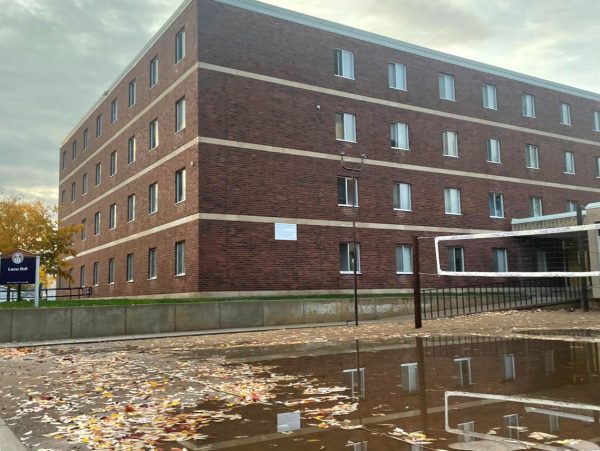Students to receive further COVID relief funds
February 10, 2021
On Feb. 2, Winona State University announced a second round of direct payments to students from the Coronavirus Response and Relief Supplemental Appropriations Act, or CRRSAA.
The announcement was made during Student Senate’s weekly meeting. $8,890,555 from CRRSAA was allocated for the university, with $2,848,478 going to students.
Funds will be divided between Pell grant, named after the federal grant for those needing financial assistance for school, and non-Pell students, with a portion reserved in an emergency fund that can be requested by students after the initial disbursement.
CRRSAA payments will not be automatically applied to outstanding university bills and will go directly into a student’s primary financial account.Under federal law, international and Deferred Action for Childhood Arrivals, or DACA, students are excluded from the emergency aid.
Clara Kuerschner is a fourth year student double majoring in math education and history education and is the president of Student Senate. Student senators will simulate financial scenarios, using figures from payouts to students from last spring’s Coronavirus Aid, Relief, and Economic Security Act, or the CARES Act, and will make a recommendation to the President’s Office after the next senate meeting, Kuerschner said.
The CARES Act gave Pell students around $900, while non-Pell students received roughly $200, Kuerschner said.
With such large gaps in payouts, some may claim the disbursement isn’t equal but Kuerschner said she believes the aid is equitable.
“I’m a non-Pell eligible student and I’d like more money, but I understand there are students that need it the most. Whatever line we pick, people won’t be happy,” Kuerschner said.
Kuerschner wishes the university could do more to address the exclusion of international and DACA
students from CRRSAA aid.
“There are going to be arguments for and against giving money to those students. Some might say they are not contributing to taxes but a lot of [international and DACA] students work on campus, which means their income is taxed. There is that sense of taxation without representation,” Kuerschner said.Winona State President, Scott Olson, asked Student Senate for their recommendation, much like his office did last spring with the CARES Act, on how to disperse CRRSAA aid to students.
Regarding payout differences between Pell and non-Pell students, Olson said, “the reason for that is because they [Pell students] have a greater need and they’re more at risk.”
Olson said the remaining $6,042,077 will go towards new expenses and lost revenue. New expenses include COVID-19 related products such as masks, plexiglass, sanitizer and cleaning supplies. Olson said revenue losses refer to lower enrollment rates for the 2020 school year, a reduction in housing due to COVID which downscaled double occupancy rooms to single occupancy, incurring a $4 million loss. Regarding Student Senate’s CRRSAA student aid decision, Olson said his office will likely follow their recommendation.





























































